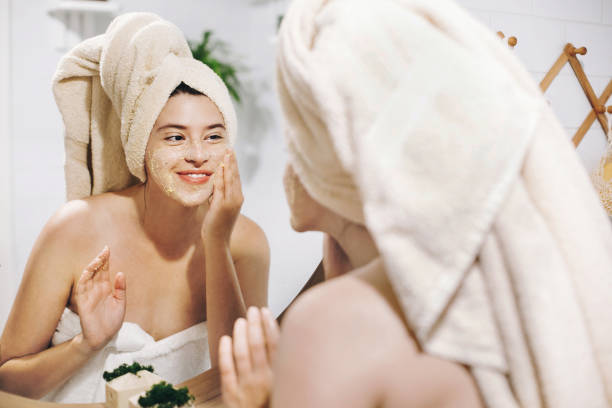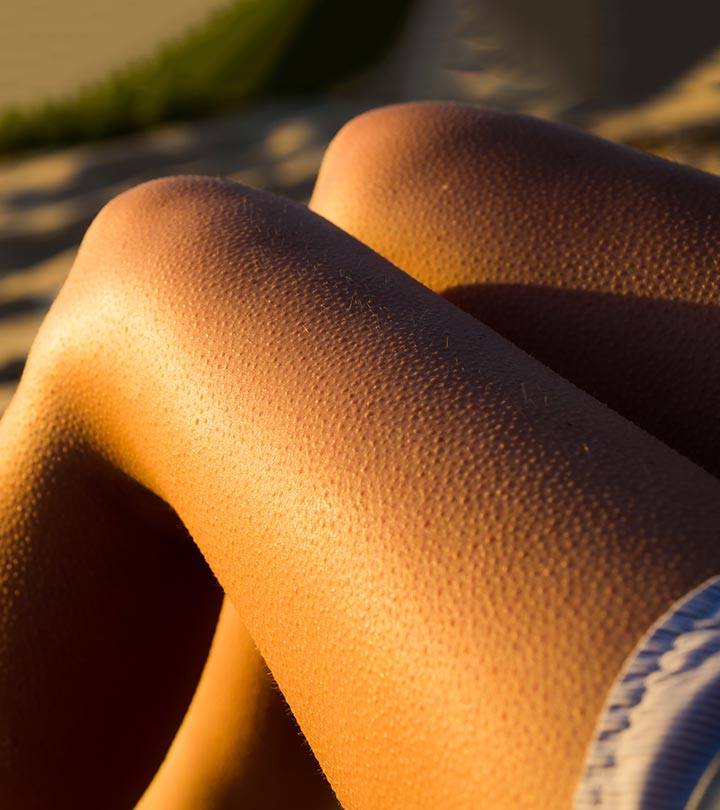Exfoliating is an essential part of any skincare routine, and if you’re someone who shaves regularly, you might be wondering whether you should exfoliate before or after shaving. The answer to this question depends on several factors, including your skin type, the type of razor you use, and the products you use during and after shaving.
Are you excited to know more about this issue? Read on to find out.
What is Exfoliation?
Exfoliation is the process of removing dead skin cells from the surface of your skin. This can be done using physical or chemical exfoliants. This process serves several essential purposes. First and foremost, exfoliating helps to unclog pores, preventing the development of acne and blackheads while promoting a smoother complexion. Additionally, it stimulates cell turnover, encouraging the growth of new, healthy skin cells that can improve skin texture and reduce the appearance of fine lines and wrinkles. Exfoliating also enhances the absorption of skincare products, allowing them to penetrate deeper into the skin for more effective results.
Should You Exfoliate Before or After Shaving?
“I recommend exfoliating before shaving to remove dead skin cells and debris that can clog up your razor blade and lead to irritation and razor burn.” – said Joshua Zeichner, M.D., dermatologist in New York City. In fact, exfoliating can help remove dead skin cells, allowing for a closer, smoother shave. This is especially important if you have coarse hair or sensitive skin, as it can help reduce the risk of nicks and ingrown hairs. Additionally, exfoliating can help prevent razor burn and irritation, as it helps soften the hair follicles and makes them easier to shave.
However, you need to be gentle when exfoliating before shaving, as you don’t want to irritate your skin. If you have sensitive skin, you may want to exfoliate a day or two before shaving, rather than on the same day. This will give your skin time to recover.
What type of exfoliation should you use?
Chemical exfoliation is generally considered to be the best type of exfoliation to use before shaving. This is because chemical exfoliants are gentler on the skin and less likely to cause irritation.
Chemical exfoliants work by dissolving the bonds between dead skin cells, which makes it easier to remove them. Some common chemical exfoliants include alpha hydroxy acids (AHAs), such as glycolic acid and lactic acid, and beta hydroxy acids (BHAs), such as salicylic acid.
Physical exfoliants, on the other hand, work by physically scrubbing away dead skin cells. Some common physical exfoliants include scrubs, brushes, and washcloths.
While physical exfoliants can be effective at removing dead skin cells, they can also be more irritating to the skin, especially if you have sensitive skin. This is because physical exfoliants can cause micro-abrasions, which can lead to redness, inflammation, and breakouts.
If you do choose to use a physical exfoliant before shaving, be sure to choose a gentle product with small, rounded beads. Avoid using harsh scrubs with large beads, as these can damage your skin
How to Exfoliate Before Shaving
- Start by washing your skin with a gentle, pH-balanced cleanser to remove any dirt, oils, and impurities. Rinse thoroughly with warm water.
- Apply your chosen exfoliating product to the areas you plan to shave. Use gentle, circular motions to massage the exfoliant onto your skin. Pay extra attention to areas prone to ingrown hairs, like the bikini area or beard area.
- Be cautious not to scrub too vigorously, as this can irritate your skin. Exfoliate for about 1-2 minutes.
- Rinse off the exfoliant with warm water, ensuring all product residue is removed from your skin.
- Gently pat your skin dry with a clean towel. Avoid rubbing, as this can irritate freshly exfoliated skin.
- After exfoliating, apply a good-quality shaving cream or gel to the areas you want to shave. Allow it to sit for a minute to soften the hair and prepare the skin for shaving.
How to care for your skin after shaving
- After shaving, gently rinse your skin with cool water. This helps to close the pores and soothe the skin.
- Use a clean, soft towel to pat your skin dry. Avoid rubbing, as this can cause irritation.
- Apply an alcohol-free aftershave lotion or a soothing, hydrating moisturizer to your skin. Look for products that contain ingredients like aloe vera, chamomile, or witch hazel, which can calm the skin and reduce redness. If you have sensitive skin, opt for a fragrance-free product.
- Avoid using products with alcohol, fragrances, or harsh chemicals immediately after shaving, as these can irritate freshly shaved skin.
- If you’re prone to ingrown hairs, consider using an ingrown hair treatment or solution containing salicylic acid or glycolic acid. Apply it to areas where you commonly experience ingrown hairs.
- After shaving, especially in areas like the bikini line or underarms, opt for loose-fitting clothing to prevent friction and irritation.
- Apply a broad-spectrum sunscreen with SPF 30 or higher to protect your skin from UV damage
FAQs
- Should I exfoliate before or after using shaving cream? It’s best to exfoliate before using shaving cream, as this will help remove dead skin cells and debris for a smoother, closer shave.
- How often should I exfoliate before or after shaving? It’s best to exfoliate no more than twice a week, whether you do it before or after shaving. Over-exfoliating can cause irritation and damage to your skin.
- Is it recommended to exfoliate every time I shave? It’s not necessary to exfoliate every time you shave, as this can be too harsh on your skin. Exfoliating once or twice a week is sufficient for most people, but it ultimately depends on your skin type and shaving habits.
Final Takeaway
Whether you should exfoliate before or after shaving depends on several factors, including your skin type, shaving habits, and personal preferences. Exfoliating before shaving can help prepare your skin for a smoother, closer shave, while exfoliating after shaving can help remove any remaining dead skin cells and debris. The key is to use gentle exfoliants and avoid scrubbing too hard to prevent irritation and damage to your skin.






